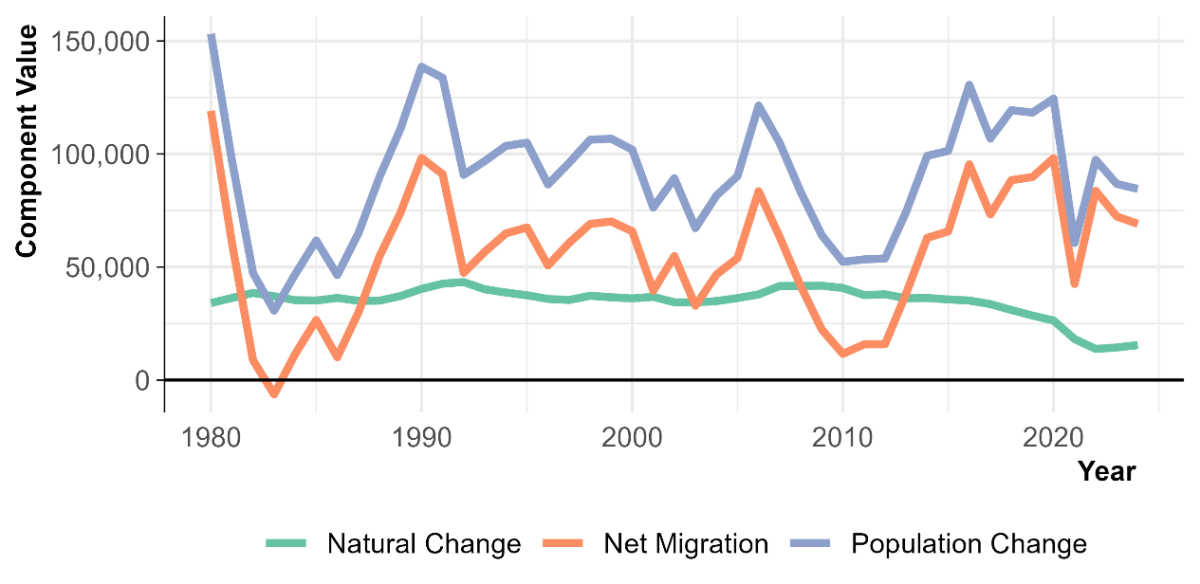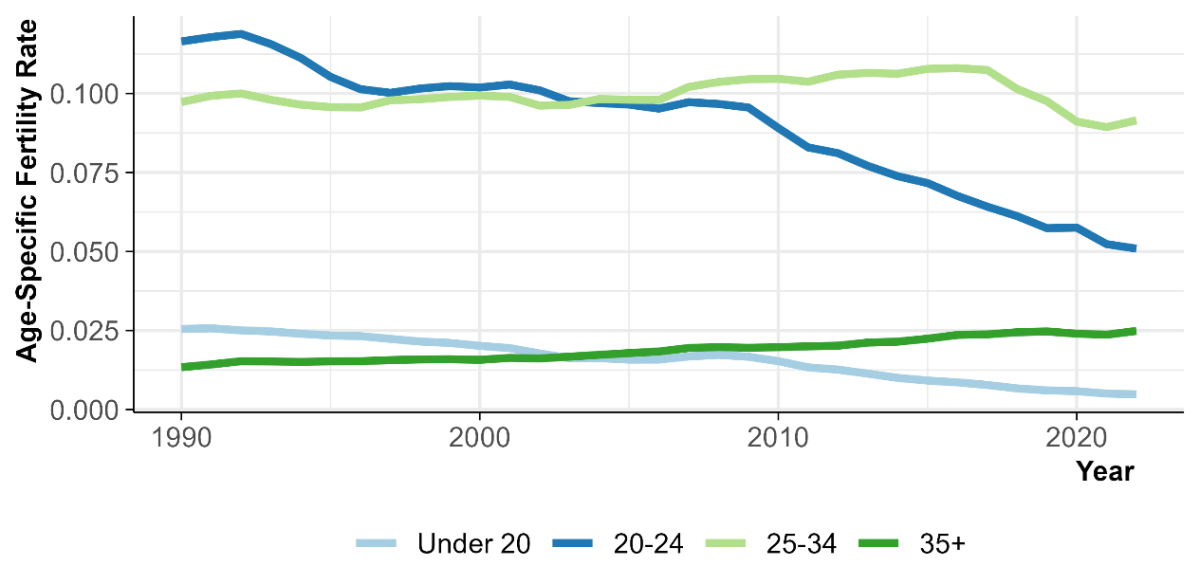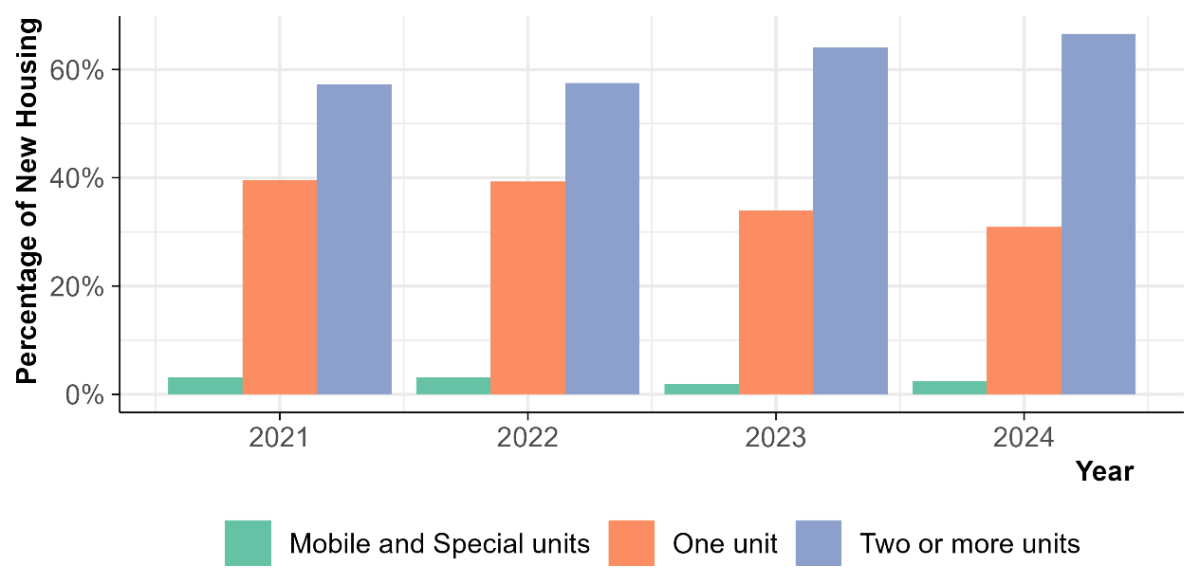Washington state tops 8 million residents in 2024
OLYMPIA, Wash. – Washington state’s total population grew by an estimated 84,550 — to 8,035,700 as of April 1, 2024, according to annual estimates prepared by the Office of Financial Management.
Washington is growing, though it is doing so slightly slower than the annual average from last decade (84,550 in 2024 compared to 98,200 from 2010–20). The population is growing similarly to last year, however, with an unadjusted growth rate of 1.1% for both years. Looking at the current decade as a whole, the population has grown by 329,400 since April 1, 2020, or about 4.3%.
Net migration (people moving in minus people moving out) is the largest driver of population growth, accounting for 82% of population growth (69,100 people, down 3,300 from last year).
Components of State Population Change
Births declining since 2017
Natural change (births minus deaths) accounted for 18% of the annual growth or 15,500 people. Births have been declining statewide since around 2017, driven largely by decreases in the fertility rates of mothers in their teens and early 20s, as seen in this figure below. This decrease has not been offset by the increased fertility rates seen in mothers over age 35. Before and after the COVID-19 pandemic, deaths—the other side of natural change—have been trending upwards and will continue to do so as the baby boomer generation ages.
Age-Specific Fertility Rates by Age of Mother, 1990–2022
Strong housing growth continues
Washington continues to have strong housing growth. Over the past year, the state added 51,300 housing units, 5,000 more than the previous year. Of all new units built this past year, 67% were multi-family units, continuing the decade-long trend. More than 71% of all new housing units built within the past year were in one of the state’s five largest metropolitan counties — Clark, King, Pierce, Snohomish and Spokane. King County led all counties with 19,700 new housing units and saw 38% of the state’s total housing growth over the last year. Washington continues to have strong population growth; however, in 2024 the population pressure that has been driving housing demand is beginning to ease as new units are completed and enter the housing supply.
Percentage of New Housing Units by Type, 2021–24
Where growth occurred
Consistent with previous years, over 68% of state population growth occurred in the five largest metropolitan counties. The nine counties with populations between 100,000 and 350,000 saw 22% of the state’s growth. Counties with less than 100,000 had a 10% share, larger than the previous year. Kittitas (2.7%), Grant (1.9%) and Clark (1.7%) were the three fastest growing counties.
The April 1, 2024, population estimate for Washington’s incorporated cities and towns is 5,288,500, an increase of 1.3% from the previous year. The top 10 cities for numeric change, in descending order, are Seattle, Vancouver, Tacoma, Redmond, Spokane Valley, Bellingham, Kent, Arlington, Bothell and SeaTac. Seattle’s population increased by 18,500 people, for a total of 797,700. Strong housing growth was the main driver of population growth for these cities.





